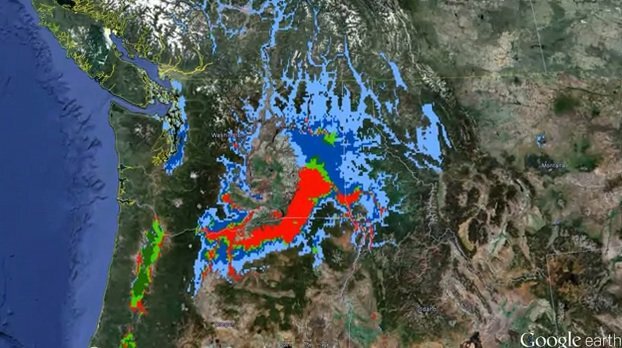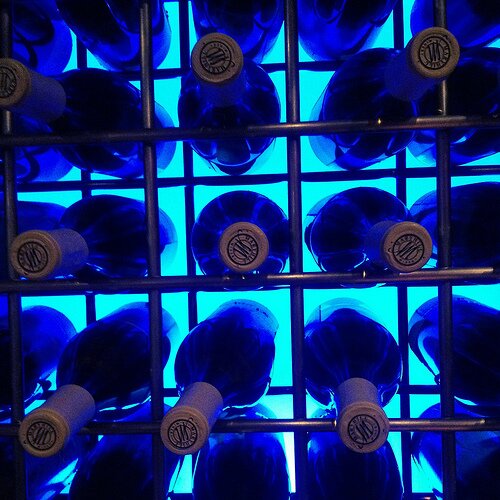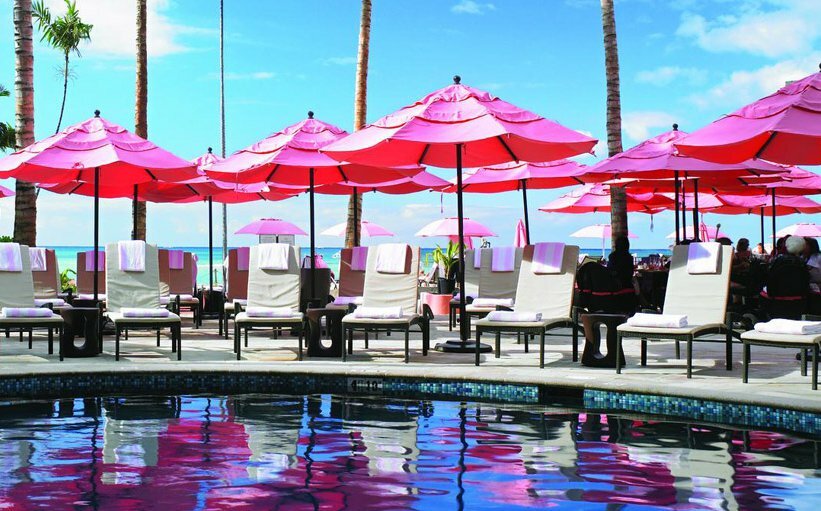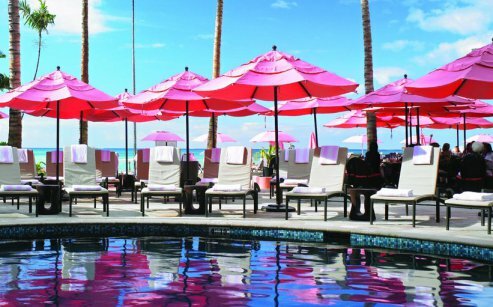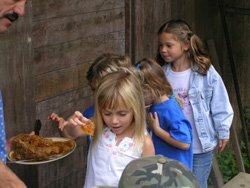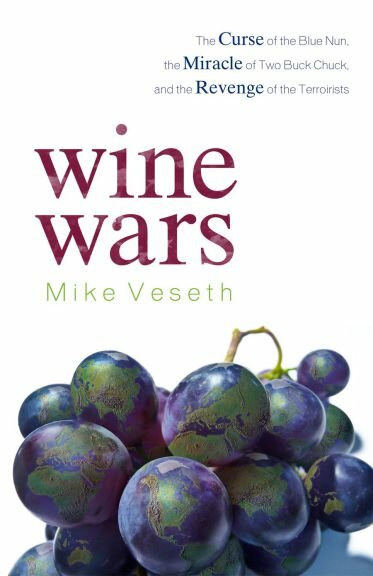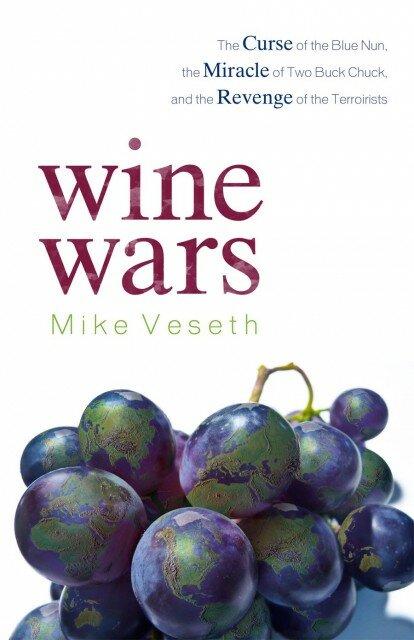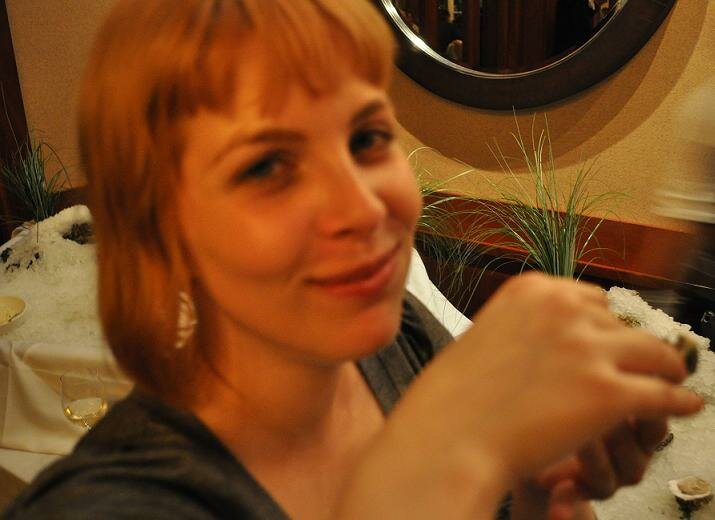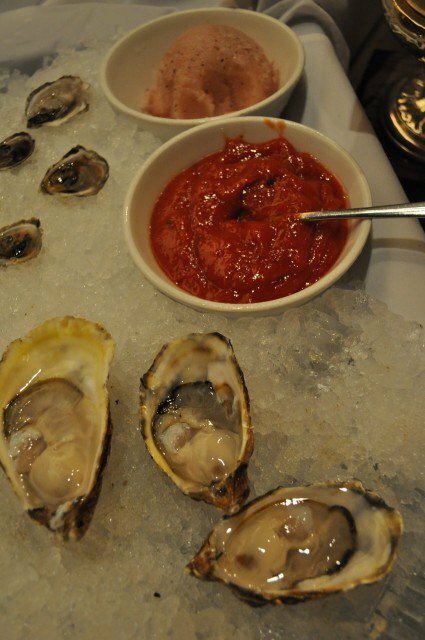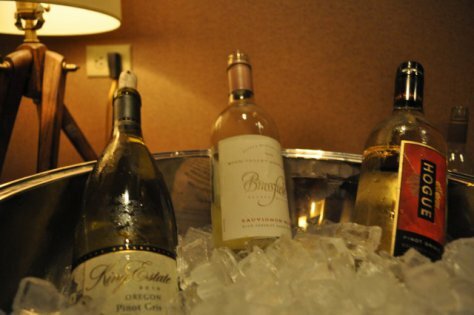With the holiday season on the horizon, there’s a chance you’ll have your share of out-of-town guests. And once you’ve gone through the usual runaround, e.g. Space Needle, the aquarium, EMP, next on your list should be wine tasting. Wine tasting in Woodinville, to be specific.
Washington grows some truly great grapes, many of which are appreciated and sought after all over the world, and it’s worth the short car trip to discover them with friends. While a trek to Eastern Washington or even Willamette Valley would be fun, this time of year, the weather might hinder a day trip. Factor in the cost of the drive and the possible overnight stay and suddenly you might wish your guests weren’t staying so long. So instead, consider Woodinville Wine Country.
About 30 minutes from Seattle in the Sammamish River Valley, Woodinville has quietly but surely trucked along into becoming one of Washington’s primo oeno destinations. While almost all the grapes are grown in Eastern Washington, Woodinville is home to tasting rooms for over 90 wineries, similar to the dozens of other wineries that find it makes sense to pour and sell on this side of the pass. Many of the brands are grouped together in one location, making it super easy to park and (tipsily) walk to several places.
We did the preliminary research, so you don’t have to. Just tip back that glass and enjoy the trip with these tips and ideas for optimal wine navigation.
Tips for Wining:
- It goes without saying, but bring along a designated driver, or hire a car service or limo. When everyone in the party chips in, a limo is often a more affordable — not to mention a hell of a lot more relaxing — option than driving yourself.
- Ask the sommelier or tasting room manager for their recommendation for the next drink. Many wineries and tasting rooms have sister companies, or insider information and discounts for those who stay within friend groups. Typically, once you start drinking, follow the rabbit trail of recommendations and, chances are, you’ll only have to pay for the first flight.
- Check winery websites for special events, hours, and locations. Not only can this help you save a buck (gas, special discounts), but it can also help you map out a route so you don’t have to make a plan when you’d rather just relax.
- Take a notebook to write down the wines you tasted, and most importantly what you liked. Pencils not your thing? Download a tasting app that can help you chart the specific notes you pick up, and impress your friends.
- Make sure you take time out for lunch and/or dinner. Too much wine on an empty stomach can cause… wait for it… too much whining in some people. Consider Woodinville’s Barking Frog or Purple for some drunchies.
Finally, the wine itself. Here are few of our favorites to check out:
DeLille Cellars
Known for their Doyenne and Grand Ciel, plus several other fantastic blends, they also participate in a cork recycling program.
Betz Family Winery
Known for the Rhone-inspired wines, any bottle of Syrah from the Betz family will have you swooning.
Efeste
Home of the bold Tough Guy Bordeaux and the reasonable (and ever so delicious) Final Final Red Blend.
Januik/Novelty Hill
A fan of red and white? Januik/Novelty Hill produces both. As a bonus, you can score some delicious brick oven pizza here.
If that’s not enough to whet your whistle, use this map as a resource. Enjoy your trip to Seattle’s favorite boozy backyard, and bottoms up. Cheers!
Still thirsty? Check out The SunBreak for more arts, culture, food & drink, and the like. Go on, make our day.
